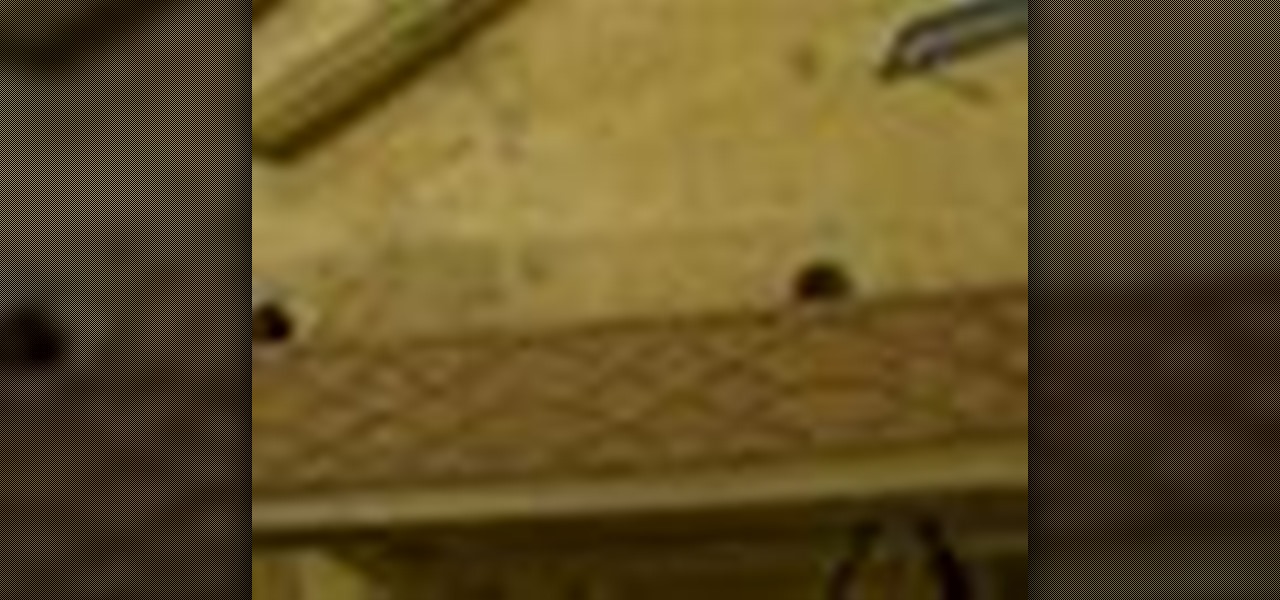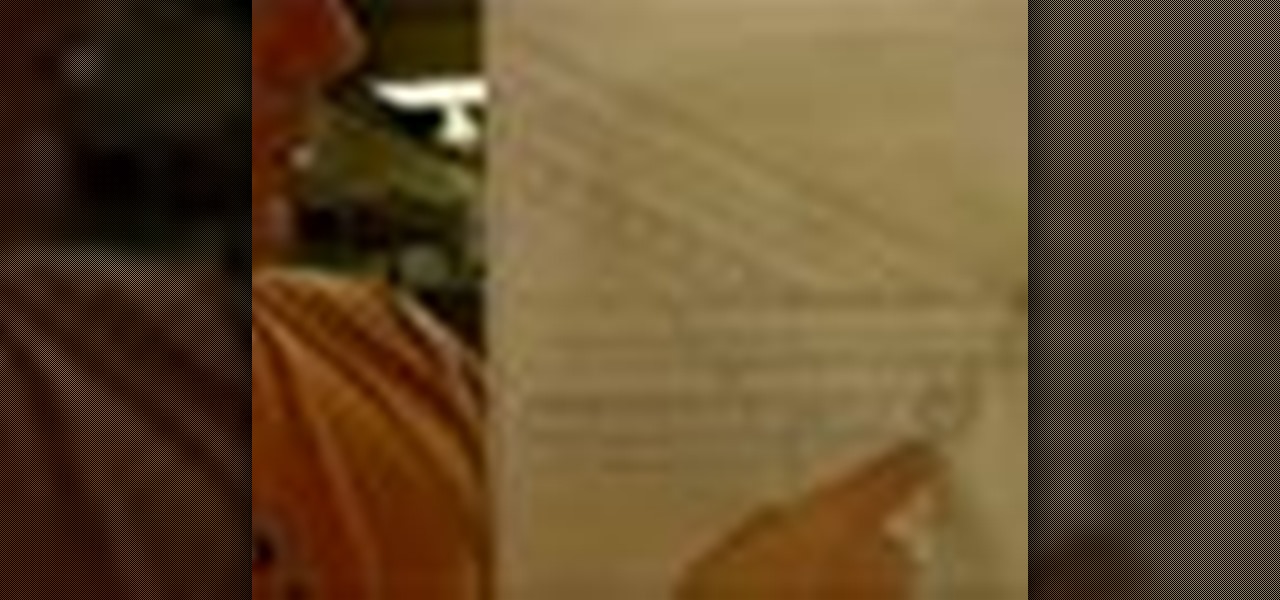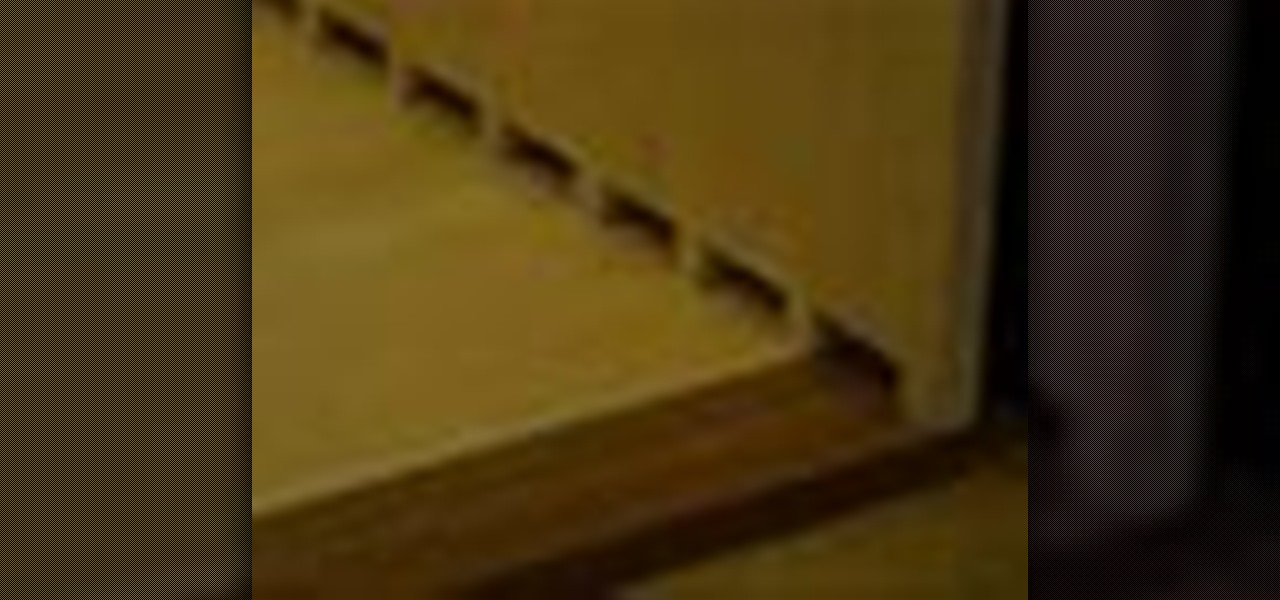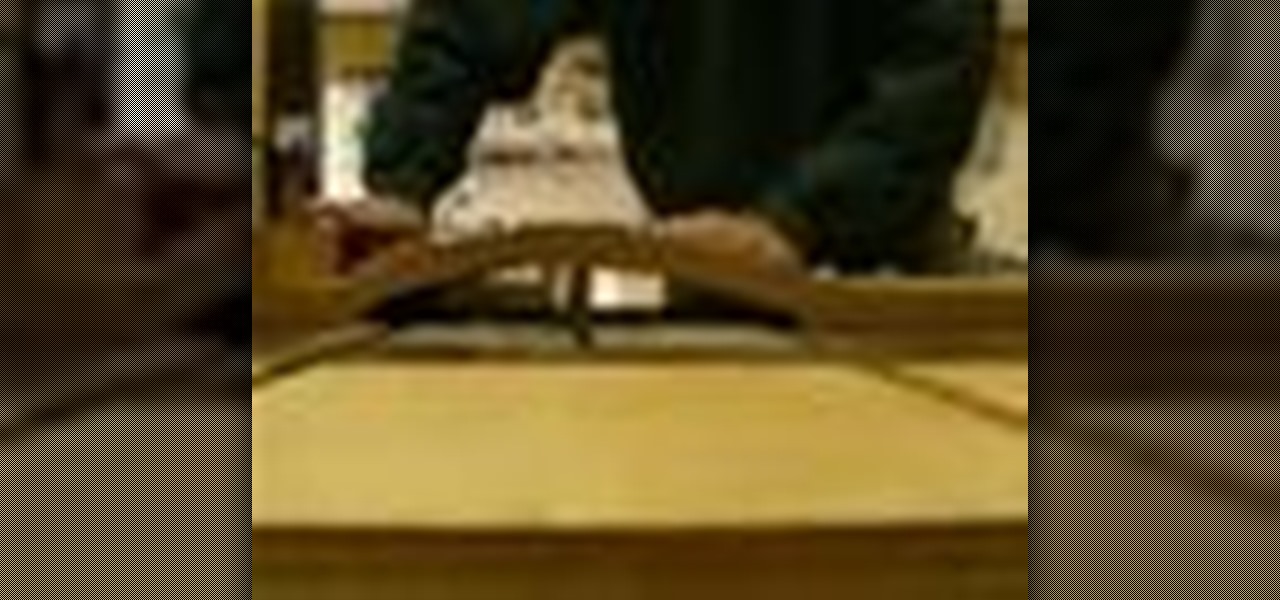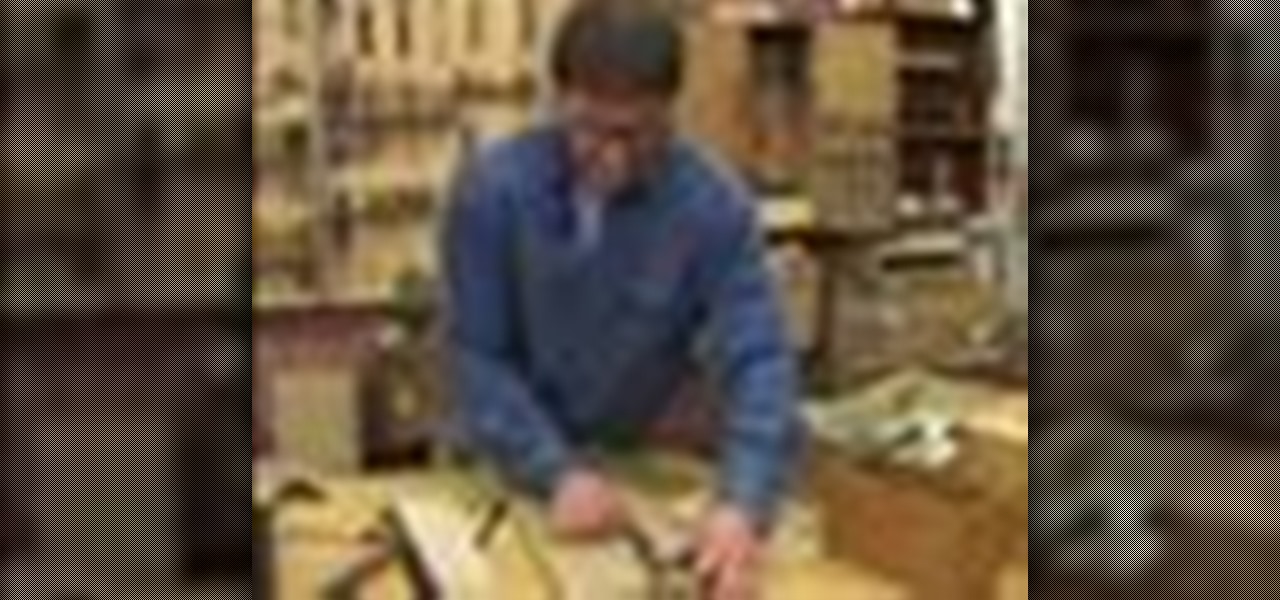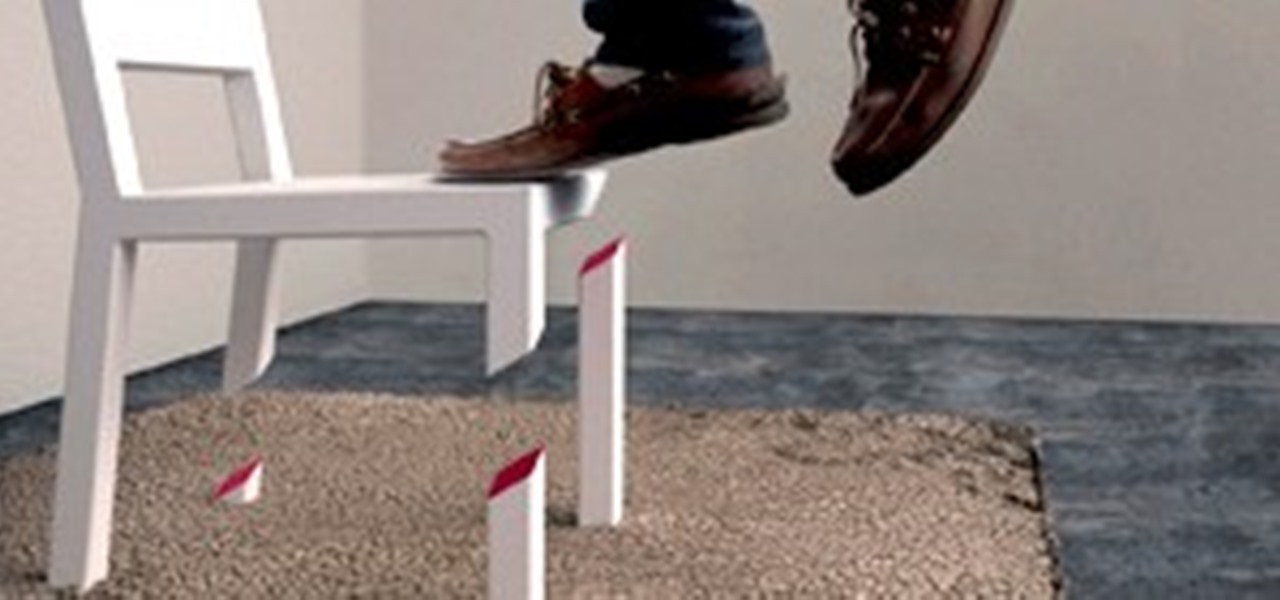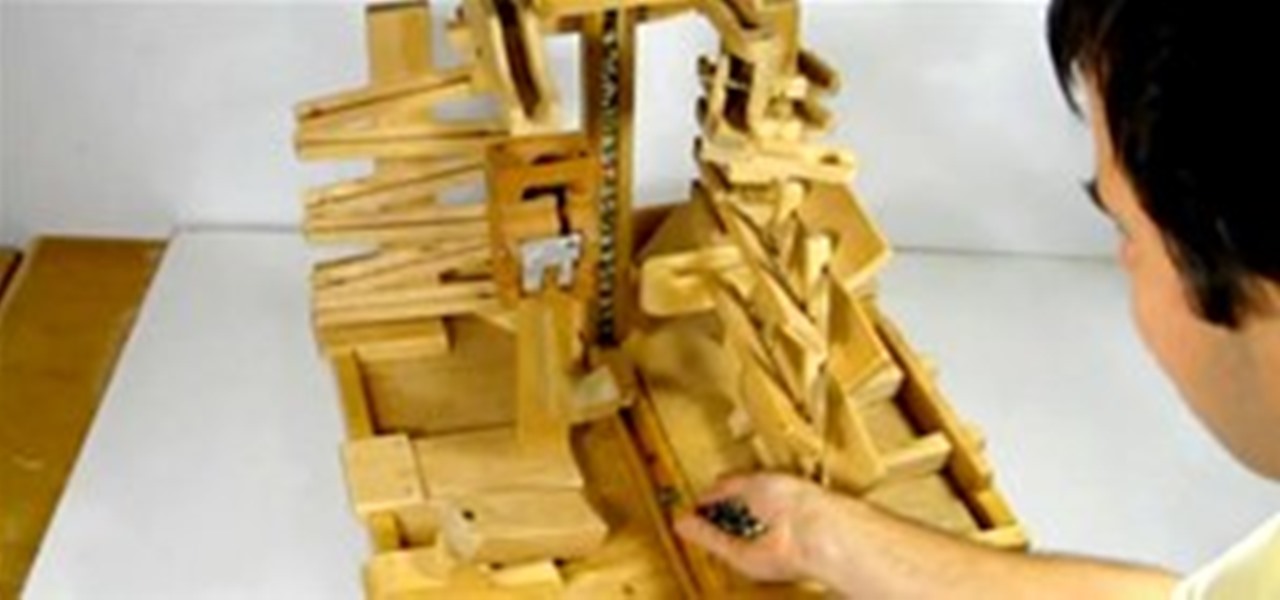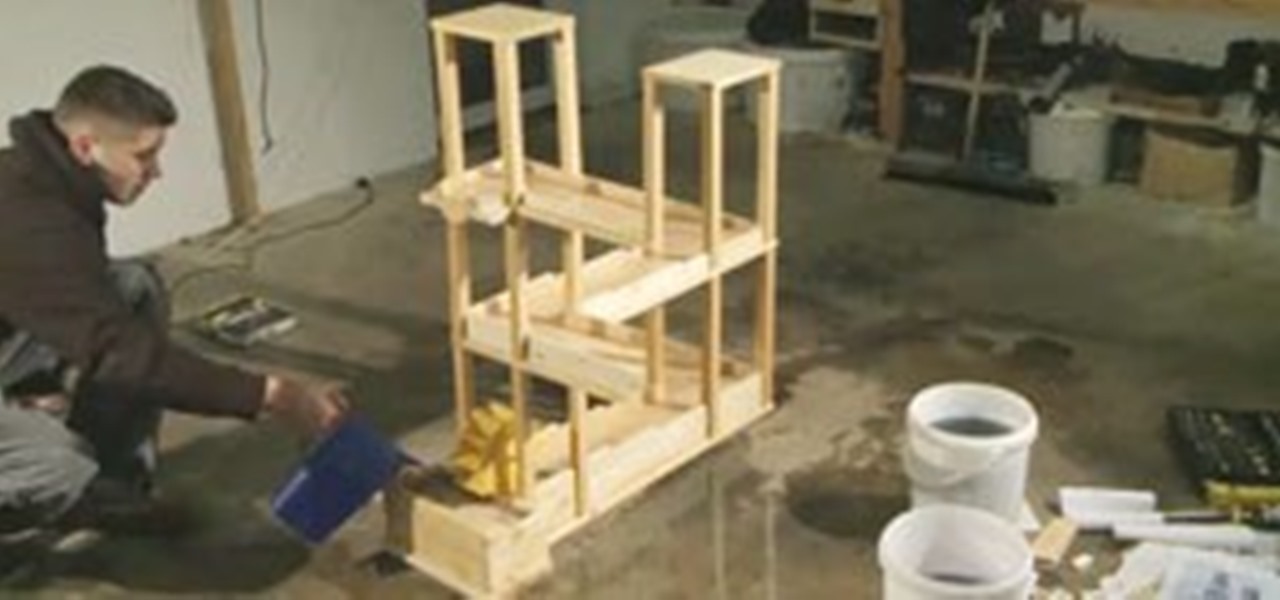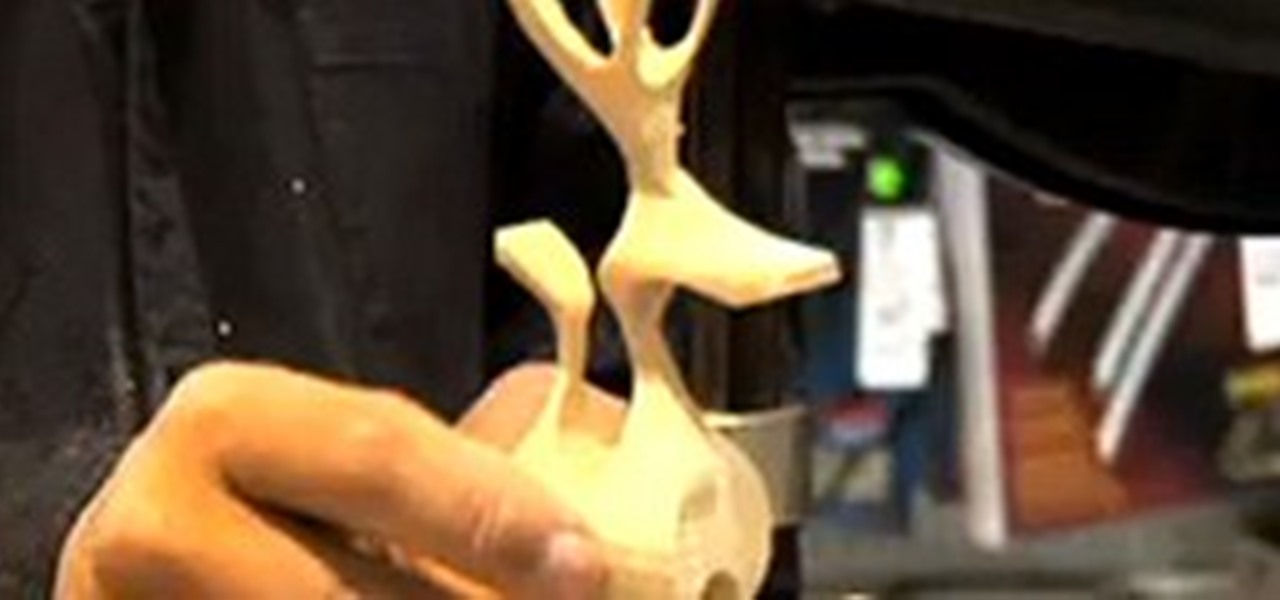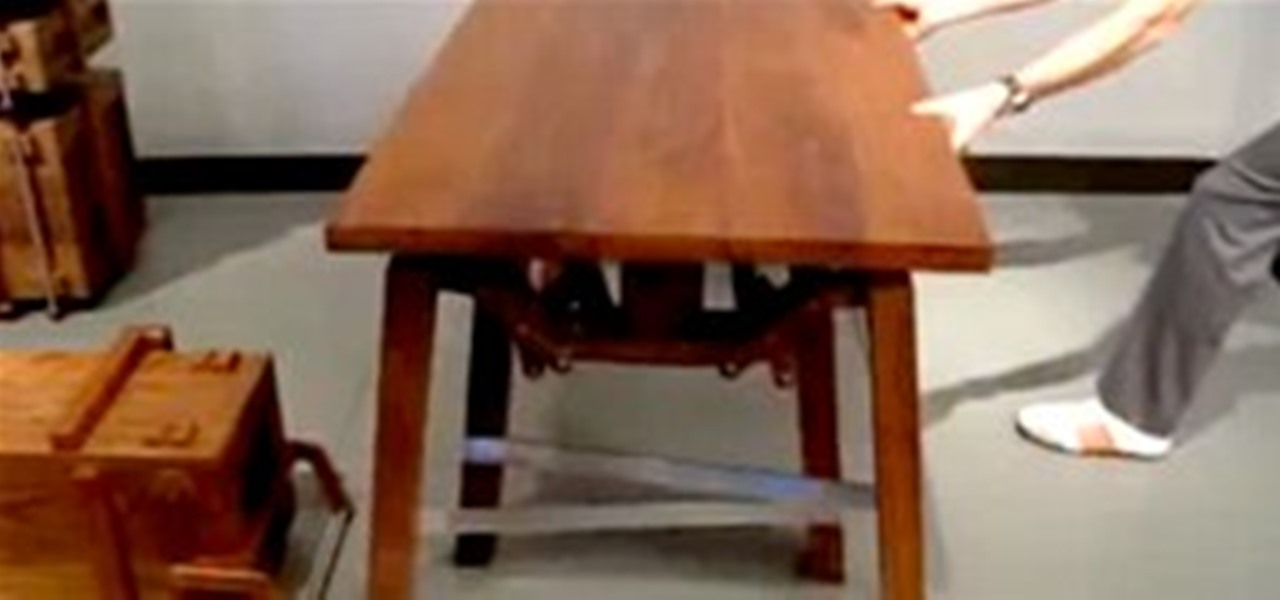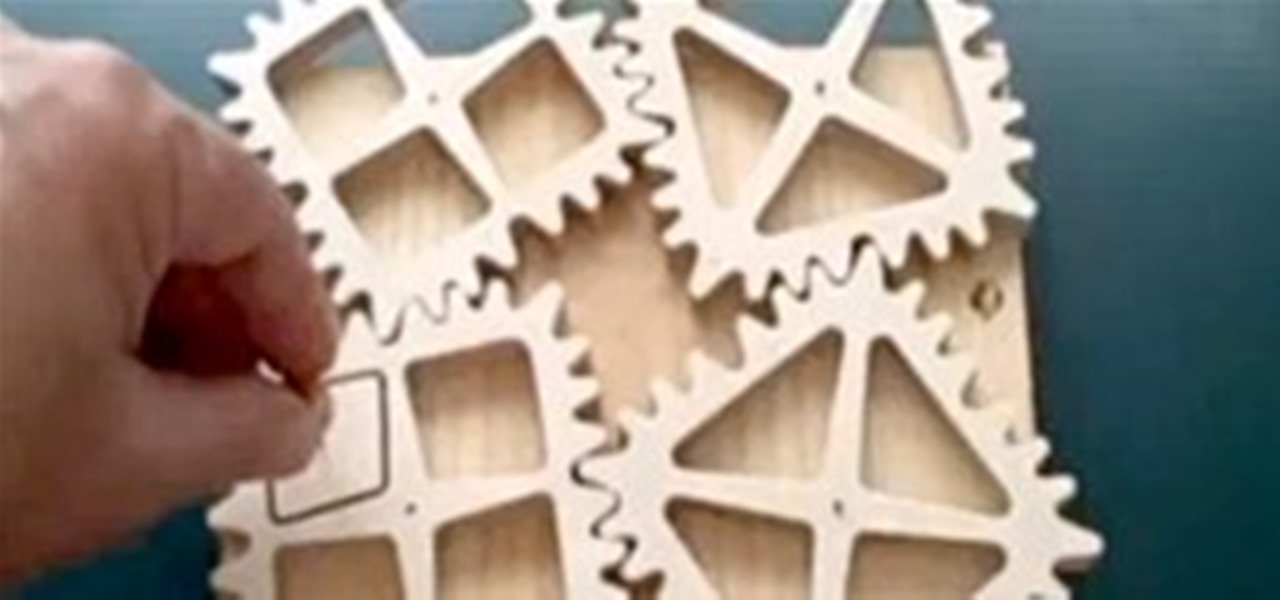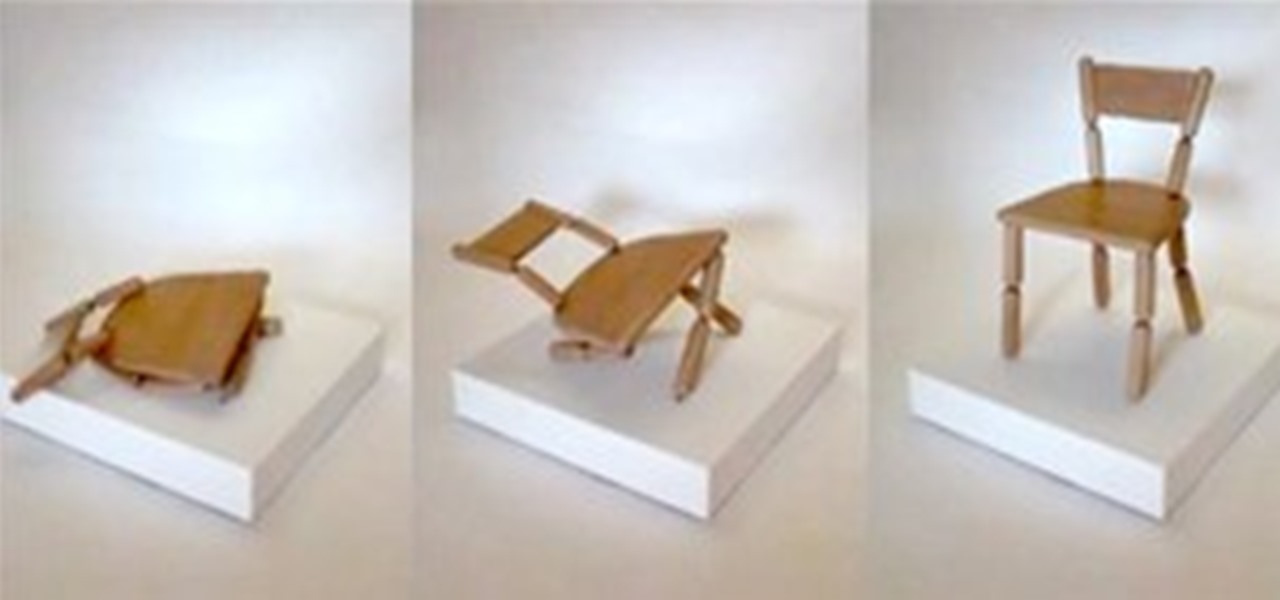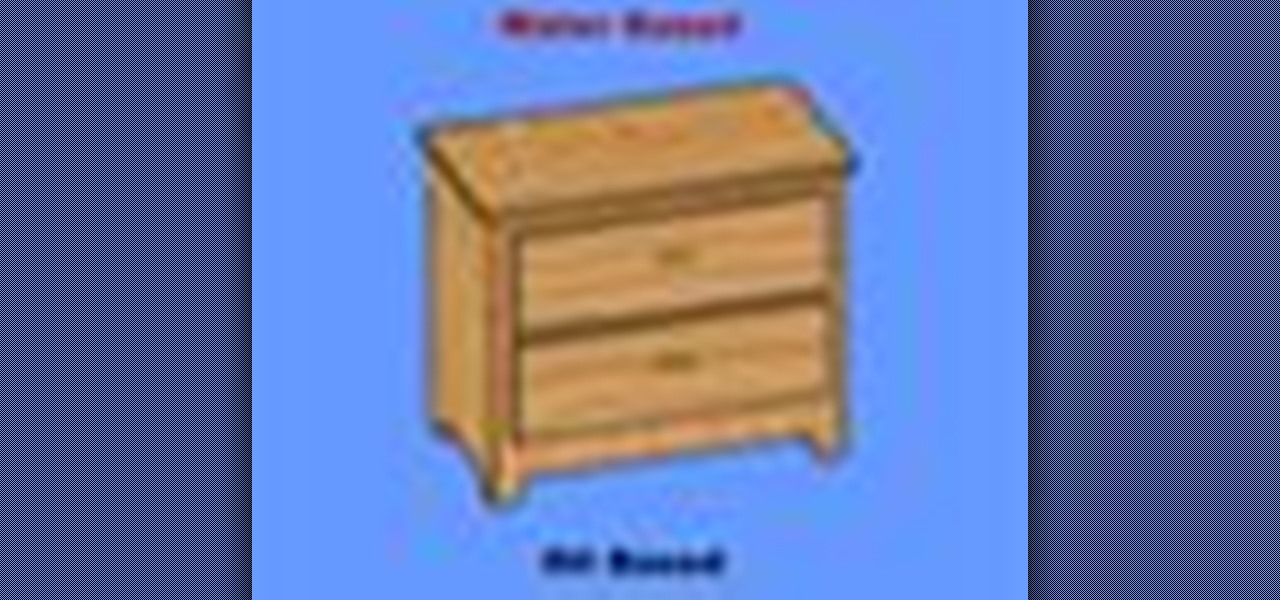
Staining wood is an exciting and fun step in your refinishing process. Staining brings out and enhances the patterns in the wood grain and it unifies an overall color. At this stage your project piece begins to look more finished. Allow enough time to complete this task from start to finish to ensure continuity of color. You have the choice of using either water or oil-based stain, and each offers advantages and disadvantages.
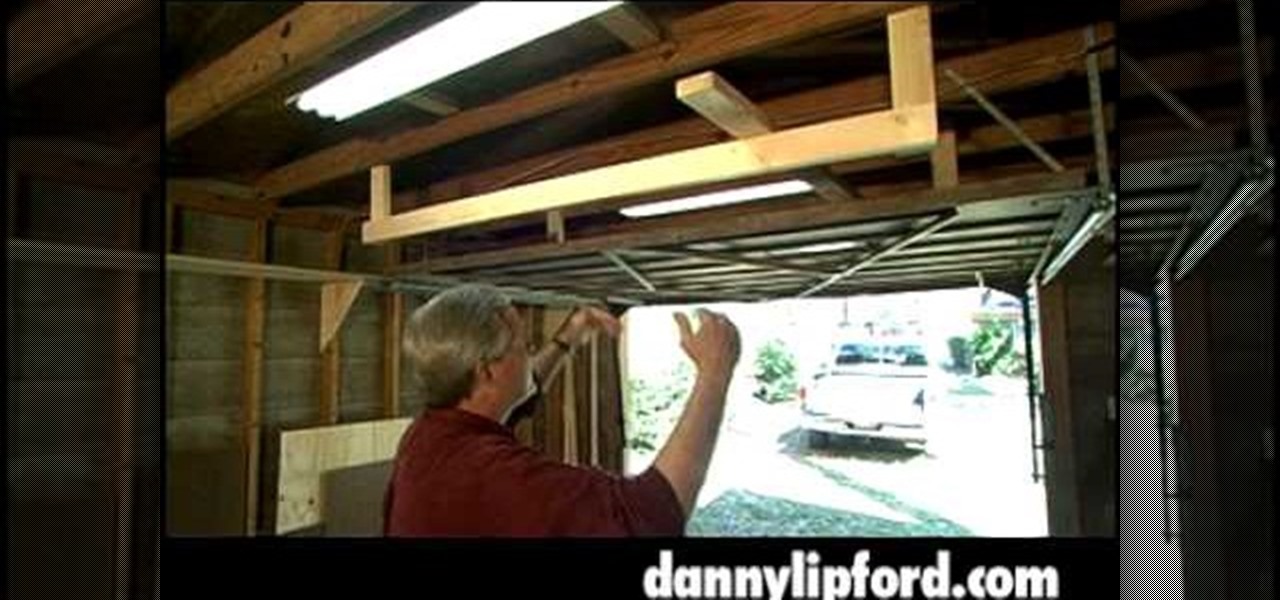
Danny Lipford shows you how to utilize the space above your garage door. Just watch this video tutorial to see how to use the space above a garage door with a storage rack.

Putting up a one of these new modern floating shelves is seen as an important test of your do-it-yourself prowess. Watch this video tutorial to learn how to put up a floating shelf.

Watch this video from This Old House to learn how to make miters. Steps:

Watch this video from This Old House to learn how to laminate a countertop. This project requires some specific skills, but they can be learned quickly. Laminate a countertop.

Watch this video from This Old House to learn how to build wall cubbies. This project is pretty easy because all the pieces are made with simple square cuts. Build wall cubbies.

Gathering the materials is probably the most challenging part of the project, though it's great fun.

Assembling the wooden screen is simple, but be prepared to get grimy while rooting around the salvage yard for matching hinges.

Amy H. Hughes helps you make a vintage tile tabletop. Part of the fun of making this table was rooting through the tile crates with Rosi Zingales at Olde Good Things in New York City. Our first find was an 1890s 6-by-6-incher depicting a Spanish Colonial mission, for $45. This, we agreed, would be the centerpiece. Next were four flowered accents, $8 each, and 30 yellow-and-white marbled tiles from an old fireplace surround that we bought in bulk for $40. We also uncovered the wrought-iron tab...

Tommy has finished the box frame with front work and blocking attached. Now it's time to make the astragal for the pediment. An astragal can be an architectural element used at the top or base of a column, and it is also used as a framing device on furniture. He drank extra coffee so his hands are nice and steady for the astragal work.

With divider and bevel in hand, Tommy walks viewers through the layout and design of the fret work trim pieces for the upper pediment. A little prep work on the pattern layout makes it a fairly simple process. Slow and steady wins the race -- or finishes the Bombe Secretary, in this case.

Tommy’s ready to start the upper pediment of the secretary and shows the drawing for the upper case as well as what’s left of his wood to make it. He now has to figure out how to make the frame. He’s hoping that he’s found his stride and he’ll “get this thing done” because the bombe is “way more complicated” than he ever expected.

Tommy works on the interior of the hidden box. He’s added document drawers and a false back. He says, “It’s a pretty cool little thing, and I’m having fun making it.”

Tommy finally gets to glue this “bad boy together.” After putting glue in the front only, he assembles the drawer dividers, the back and the partition and puts them in the desk to show the viewers. Watch this episode to find out why Tommy calls himself a “colorful guy, just not too bright.”

Tommy finishes construction on the hidden box for the secretary. Between segments, he takes time to show the viewers his personal memorabilia hanging on the walls, including family photos and accolades for his work. Tommy says he’s having fun making the box because it doesn’t have to be precise. He’s especially happy when the box is finished because he’s moving into his final phase of the desk assembly.

Tommy gets a second wind now that he can see noticeable progress on the Bombe. He draws and cuts the dividers for the pigeonhole assembly and inserts them from the back. Using scrap wood from previous cuttings because it has the same colors, tones and textures, he designs a pattern for the valances. Now the top row is almost complete, and Tommy is “feeling energized again.”

Taking a break from building the Bombe, Tommy tunes his hand plane by taking it apart and sharpening it. He demonstrates the power of the plane, showing how to flattening an uneven piece of wood. Using paraffin wax to glide the plane, he gets the piece of gnarly wood in perfect shape.

Before Tommy can get started cutting and shaping the pigeonhole assembly, he needs to select the style and get a 1:1 scale plan together. Tommy walks us through his thought process on selecting the style and how he prepares to cut.

Tommy builds a custom scrub plane to work the side shapes of the bombe lower cabinet. He transposes the curve to the bottom edge of the plane and the blade and then shapes the tool. Once the plane is shaped, he shows off the new plane working the sides. PLANE, PLANE, PLANE... Nothing like making a tool before you start the job.

Tommy surfs the long board in the shop and then tackles the first cuts of the bombe secretary cabinet sides. This is a critical part of the secretary since it determines the real look and feel of the piece of furniture.

Watch Al, Bobby, and Tommy discuss (with big words) some table saw safety tips and demo the Saw Stop table saw. Tommy breaks down the process of setting the saw up, engaging the safety systems, firing the blade break and resetting the saw.

Tommy shows how to make a BIG dining room table (approximately 14' long) and walks you through the wood selection, milling, stickering, and routering out the top. As Tommy goes through this process he explains the science behind the wood. And don't adjust your computer screen, Tommy isn't turning into the hulk, just blowing off some steam.

Tommy (with Al asking the tough questions) walks you through the process of making simple dovetails and some classic "George Washington wooden teeth".

Master craftsman George Berry, "The Woodguy" shows how to quickly and easily make a chess board. This video will provide you with the expertise to build a chess board, so all you have to worry about it playing!! Make a chess board.

McDermott demonstrates how to carve the letter 'R." This complex letter covers almost all of the techniques required to carve any other letter in the alphabet. Carve letters.

This video will show you how to build a full-featured router table that is portable, lightweight and easy to store. All it takes to put a compact, versatile router table in your shop is a half sheet of plywood, a small supply of solid-wood lumber, a handful of hardware, a router mounting plate, and one of the newly designed routers. Build a stow-and-go router table.

The best way to lay out hand-cut dovetails is with a ruler and simple math. This approach works for any dovetail layout, no matter the width of the board or the number of pins and tails. Also, learn how Rogowski quickly sets the dovetail angle with a simple reference guide drawn on the back of his workbench bench hook. Make an easy dovetail layout.

Cutting plywood on the table saw can be difficult because you have to move the unwieldy 4x8 sheet across the blade. A better solution is to move a circular saw over the sheet. For rips, the saw table rides next to a guide strip and for cross cuts, a fence squares the jig to the work. Watch and learn these alternatives to cutting plywood on a table saw. Cut plywood without a table saw.

Ace Hardware guides you through the building of a dog house. Learn how to measure and cut wood to build a dog house. You may want to adjust the measurements if your dog is bigger or smaller than average. Build a dog house.

Ace Hardware shows you how to build a picnic table using simple tools and lumber. Build a picnic table.

Who would ever think of turning a shopping cart into a comfortable stylish wheelchair! You'll be amazed what a nice chair you end up with. Make a shopping cart into a wheelchair.

This short video shows the basics for making a wooden puzzle. using any piece of wood, you too can create a wooden puzzle for your kids. This woodworking project should take less than 15 minutes to complete. Build a simple wood puzzle.

With severed, angled gaps in three out of four legs, it looks like the work of a chainsaw-wielding maniac. But those gaps are clean cut and without blood, despite the redness of the slices, and definitely not the work of Leatherface.

You've seen his explanation of a combination lock's inner workings. You'll never lose another game of Jenga, thanks to his winning wooden pistol. And nearly 4 million YouTube users have marveled at his wooden marble machine sculpture. He's Matthias Wandel, and he's accomplished what most only dream of—turning a hobby into a career. Matthias has been tinkering in woodworking since he was a child, with unrestricted access to his father's workshop, permitted to use power tools unsupervised from ...

It takes a special kind of mind to look at an M.C. Escher drawing and see a blueprint. And yet, looking at this working 3D model of Escher's Waterfall, one gets the impression that YouTube's mcwolles may have done just that! One thing's clear: like Escher's famous lithograph, the video employs some manner of trickery. But what kind? Good, old-fashioned forced perspective? CGI? Do the shadows provide a clue? Let's hear it in the comments.

If you only see one power tool-related YouTube clip this year, make it WoodWorkingInAction's "Bandsaw Magic." We give this one two totally-not-severed thumbs way up! Want to improve your own woodworking chops? Poke around WonderHowTo's ever-expanding collection of furniture and woodworking video tutorials.

How's this for a DIY project: "Stephen Colbert!!! I’m sitting on your face!

Gotta get myself one of these walking crab tables. (Now if only it came on command. Life would be complete.) Question is, how does one build something like this? Post ideas below. Previously, Self Healing Chair Picks Itself Up Off the Floor... Literally.

Gears: a set of toothed wheels that work together to alter the relation between the speed of a driving mechanism (such as the engine) and the speed of the driven parts (the wheels).

UK designers Fresh West's "Lazy Chair" is a prototype designed to collapse by lever, and then slowly, automatically stand back up.












